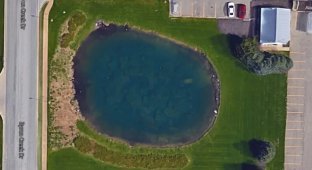Earth and Venus are often called "sisters"—they are similar in size, formed close together, and from the same materials. But their fates were different: one planet developed oceans and life, while the other became a hellish world where temperatures melt metal and clouds are made of sulfuric acid. Why are two such similar planets so different? And how fragile could our own equilibrium be? 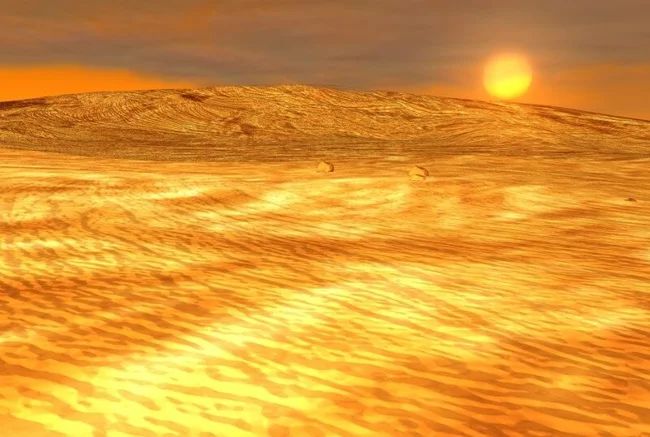
Two Planets, Similar on the Outside, Different on the Inside
At first glance, Venus and Earth are almost identical: their radius, mass, and density are minimal. Both worlds formed about 4.5 billion years ago. But their paths then diverged sharply. Earth retained its oceans, oxygen-rich atmosphere, and conditions conducive to life. Venus, however, became a giant greenhouse: its surface temperature reaches 470 degrees Celsius, and the pressure is 90 times greater than Earth's. To put this into perspective, it's like standing underwater at a depth of almost a kilometer. 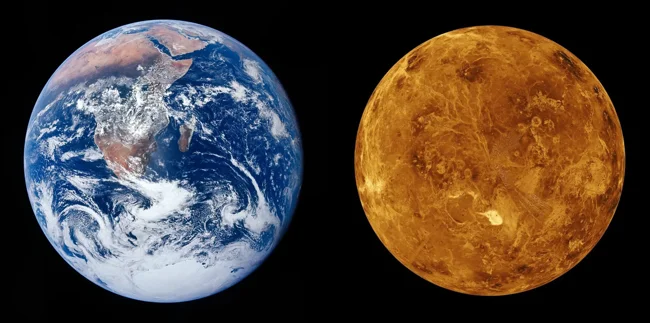
Scientists emphasize that this contrast is the main challenge for understanding planetary evolution. If the two "sisters" are so different, then even small variations in conditions could radically alter the fate of a world.
How Venus Lost Its Water
Today, Venus is completely dry, but research suggests that it may have once had oceans. Water gradually evaporated, and solar radiation caused hydrogen molecules to leave the atmosphere, upsetting the balance. Accumulating carbon dioxide heated the atmosphere even more. This created a "runaway greenhouse effect." It's similar to a positive feedback loop: the warmer it is, the faster the water disappears, and the less water there is, the more the atmosphere heats up. 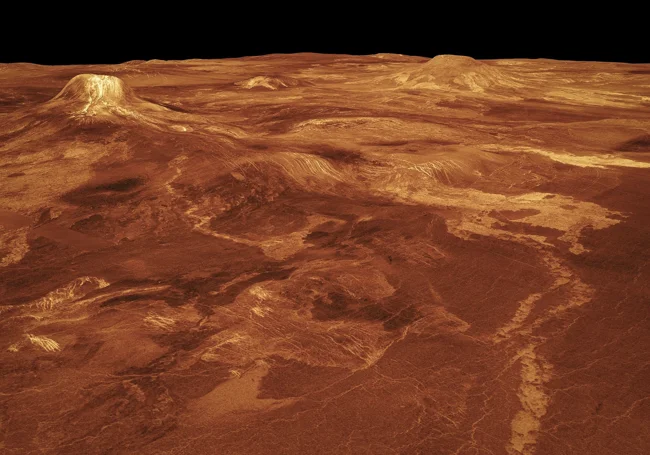
For Earth, the presence of oceans was a salvation. They act as a buffer, absorbing excess carbon dioxide and smoothing out temperature fluctuations. On Venus, this mechanism failed. As a result, one planet remained green, while the other turned into a scorching desert.
The Role of the Sun and Geology
The Sun also played a significant role. Over billions of years, its luminosity gradually increased. For a planet located closer, even a small increase was critical. While Earth was able to "maintain balance" thanks to its oceans and active geology, Venus was at risk. 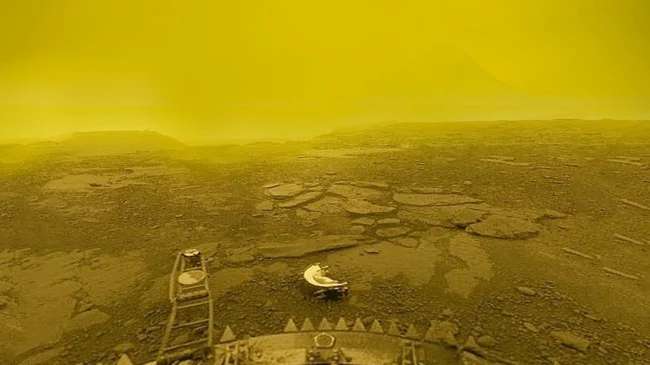
Volcanism is considered an important factor. The surface of Venus is covered with vast lava plains—the remains of colossal eruptions. These processes emitted enormous volumes of carbon dioxide and sulfur compounds into the atmosphere, intensifying the greenhouse effect and making the atmosphere increasingly dense. Added to this is a unique feature: Venus rotates very slowly and "in reverse." A single day there lasts longer than a year. This affects atmospheric flows and heat distribution. As a result, the climate became entrenched in an extremely hot state.
Earth in a Precarious Balance 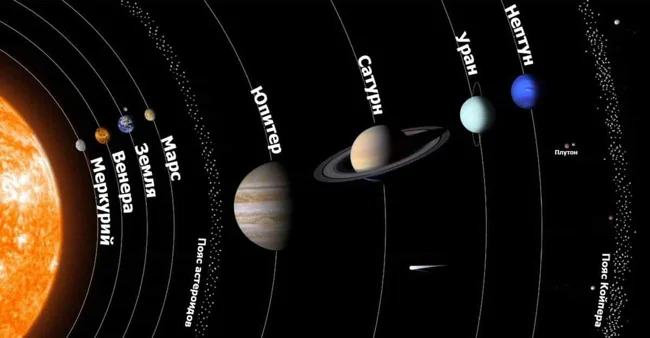
Earth's current climate appears stable to us, but on the scale of geological history, this is rare. We live in an era when conditions are optimal: temperatures are fairly mild, the oceans are vast, and the atmosphere contains oxygen. But the history of Venus reminds us that this equilibrium is not permanent.
Scientists are creating models of the future. According to predictions, in billions of years, the Sun will become brighter, and Earth is at risk of following the Venusian path. The oceans will evaporate, carbon dioxide will concentrate in the atmosphere, and the planet will become a second Venus. Even if this scenario is remote, it shows how vulnerable our present is. 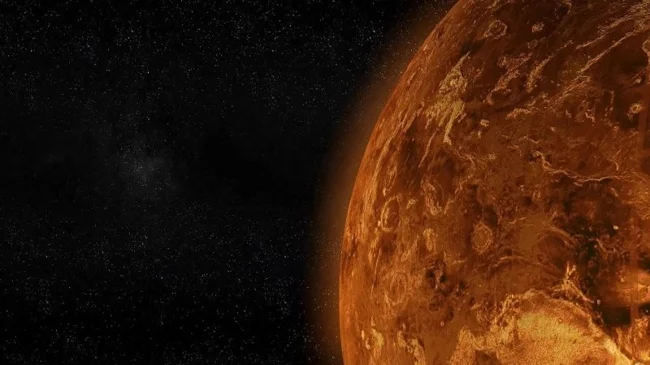
How scientists are studying their neighbor
Today, Venus remains the subject of close attention. Its atmosphere and surface are studied by spacecraft, radar, and computer models. Current missions are trying to determine how much water has been lost, the role of clouds, what they are made of, and what chemical processes are occurring there. These data help us understand not only Venus's past but also Earth's future.
The cloud chemistry is also of interest. Several years ago, the possibility of detecting phosphine, a substance sometimes associated with biological activity, was discussed. No evidence of life was found, but the very fact of such debate demonstrates that Venus holds many mysteries. Each new study brings us closer to understanding why the fates of the two "sisters" diverged so drastically. 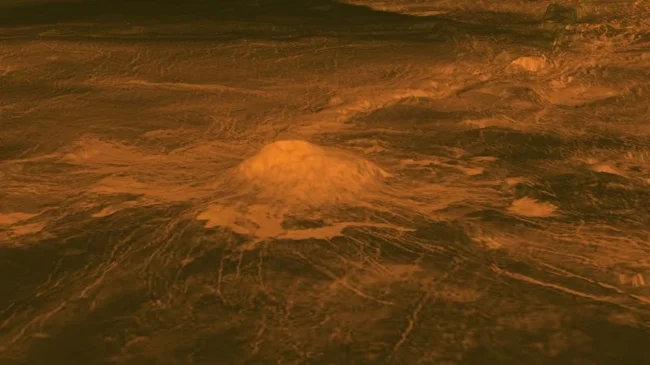
Conclusion
Why did one planet become an oasis and another a desert? The answer lies in a combination of many factors: from solar brightness and volcanism to rotational patterns. But the main conclusion is simple: climate stability is temporary. We can't change cosmic laws, but we can draw conclusions. By studying Venus, we learn to understand Earth's vulnerability. And the sooner we recognize this, the greater our chances of keeping our world habitable.
Add your comment
You might be interested in:














